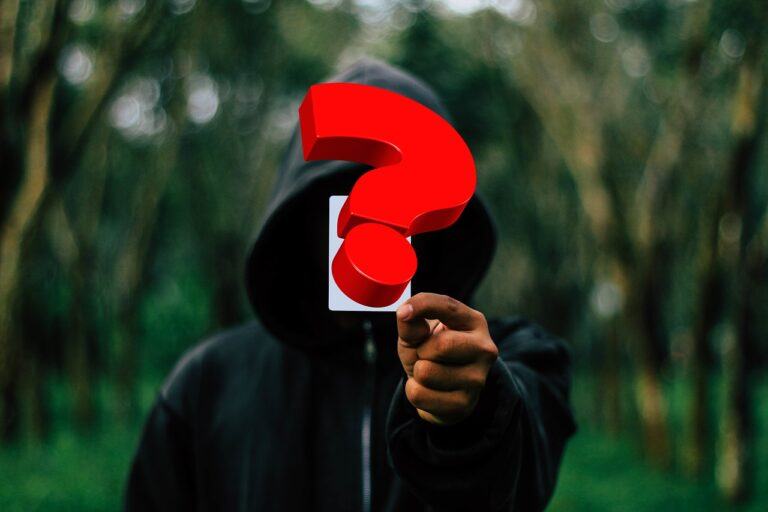To many of us, April 5 is just the 95th (or the 96th during leap years) day of the Gregorian calendar, but to cryptocurrency enthusiasts, from the P2P Foundation forums, there’s a little gem which gives us a unique insight on the life and thought of Bitcoin creator Satoshi Nakamoto. If you take a look at his profile (which can still be accessed), you will see that each year on April 5, the Byzantine problem solver/solvers celebrate/celebrates his/her/their birthday.
If the date were to be true, then we could all say that Satoshi created Bitcoin at the prodigious age of 33. But let’s not get excited just yet, employ some critical reasoning on the matter and remember the principles Satoshi stood for: he/she/they was/were into libertarianism and appeared to long for the days of the Gold Standard, and simultaneously resented the US government’s bailout of banks to such a great extent that he/she/they included newspaper evidence in the genesis block. Furthermore, Satoshi wanted to stay anonymous at all times.
There is no way he/she/they would have just given away his/her/their birthday on a forum, as people could just do research based on birth records and discover the true identity. What’s the use of encrypting your communications and making use of a witty pseudonym if you just give away precious information about your identity?
The Unexpected Significance Of April 5
Unquestionably, Satoshi possessed one big sparkle of genius and a unique sense of humor. As it turns out, he/she/they wouldn’t waste the opportunity to make a witty reference, as he/she/they knew that people would do thorough research on everything related to his/her/their identity. So the date he/she/they picked for the public birthday has an unexpected significance, and one which actually matters for hardcore libertarians like him/her/them.
On April 5, 1933 US President Franklin D. Roosevelt signed the executive order no. 6102 and marked a black day for ownership of private property. According to this controversial document, US citizens were forbidden to hoard gold coins, gold bullions, and gold certificates. Back in the days of the gold standard, this was a radical way of making the economy recover from the Great Depression and encourage circulation of capital. It was also a way to prevent the Federal Reserve from purchasing more gold for the sake of issuing more dollar bills for the citizens.
Exactly 42 years later, under the presidency of Gerald Ford, this executive act was repealed and once again allowed mere mortals to hoard gold. The act shouldn’t be revered as generosity, though: On August 15 1971, Richard Nixon announced that the United States would renounce the system of exchanging dollars for gold (which was the system that legitimized the currency back in its early days). Instead, the US Dollar would be subjected to foreign exchange and have many more points of reference in other fiat currencies. This empowered the Federal Government to issue a virtually unlimited amount of dollar bills in order to suit the administration’s policies.
Therefore, President Ford was almost 5 years too late and once again allowed citizens to hoard gold in a time when the action no longer posed a threat to the US economy. It’s still a date which Satoshi wanted us to remember, as Bitcoin definitely is a digital version of gold – and one which anyone can still hoard without arbitrary governmental intervention.
Why Would Satoshi Want Us To Remember April 5?
This may be a bit of a stretch, as maybe I’m overthinking the issue, but the underlying intention could serve as a permanent reminder that governments often put a hold on individual rights and freedoms for the sake of fulfilling their agenda. Also, since Bitcoin resembles gold, Satoshi claims to be born on the day when the ownership of the precious shiny metal was once again permitted within US borders.
Satoshi Nakamoto is a symbol of libertarian values and a true innovator in the fields of computer science and cryptography, so it makes a lot of sense that we still perform rigorous research on his/her/their messages. Years from now, our children may learn special history lessons about this elusive and strange computer programmer who solved a decades-long problem of cryptography, gave out the solution to the world without trying to patent it, and created the first truly decentralized digital currency.
When they read biographical data, they will stumble upon the way that Satoshi wanted to be remembered: a free person whose birth happened on the same day US citizens were once again allowed to own gold. Let that sink in for a while.









